First up is Nada! This fast moving, matching dice game is sure to be a hit in your speech room or classroom. It can be played with 2 to 4 people which is perfect for your smaller speech groups.
What is included:
36 orange and white dice, a travel bag, and directions
How to play:
There are three rounds. First, take 6 orange and 6 white dice out of the bag and roll them on the playing area. Students need to be focused and start looking for matches as soon as the dice are rolled. The object is to be the first student to find a match on at least one orange and one white die.
Whoever calls out the match (i.e. "Rabbit"), collects all the dice with that symbol. He/she will then roll the remaining dice. Now comes the fun part (at least I think so)!! If there are no matches, you shout out "Nada!" and collect the rest of the dice. A new round starts with 12 dice after all dice have been collected. The student with the most dice at the end of 3 rounds is the winner! If a student accidentally calls "Nada!" or a match, the dice should be rolled again.
Whoever calls out the match (i.e. "Rabbit"), collects all the dice with that symbol. He/she will then roll the remaining dice. Now comes the fun part (at least I think so)!! If there are no matches, you shout out "Nada!" and collect the rest of the dice. A new round starts with 12 dice after all dice have been collected. The student with the most dice at the end of 3 rounds is the winner! If a student accidentally calls "Nada!" or a match, the dice should be rolled again.
Another exciting thing about this game is that there are two variations of how to play. I'm not sure about your students but mine can get bored easily of the same games so changing the "way" to play keeps things fun and interesting!
The next super fun game is Flapz! According to the website, it was inspired by the handmade cootie catcher! It is an adorable game with 96 fun challenges and can be used with 2 or more students.
How to play:
Choose a student in the group to go first. That student will ask another student in the group to choose a number between 1-12. Depending on the number chosen is how many times the Flapz is folded and unfolded. I'll use the number 4 for the purpose of explaining how to play.
Next, the student chooses a color from the 4 colors that are visible (as seen below). He/she counts clockwise 4 dots from the colored dot chosen.
The student will then flip open the colored dot that was landed on and reads the 4th challenge. Once the student finished the challenge, the game continues with another student in the group.
Your students are sure to love BOTH of these amazing games from Blue Orange. You can check out more details and purchase them from their website. I hope you enjoyed both of the reviews!!!
Kristine
Live Love Speech



.JPG)


































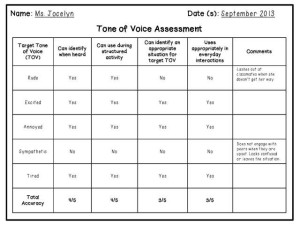
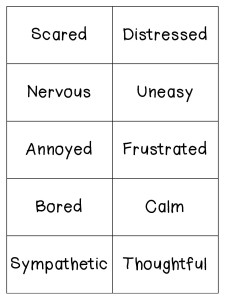
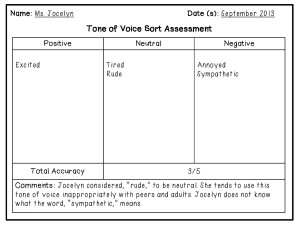
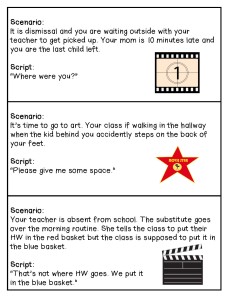






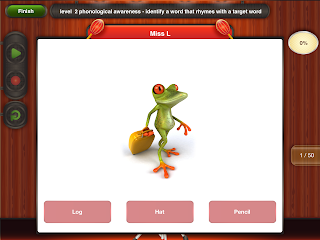
.PNG)
